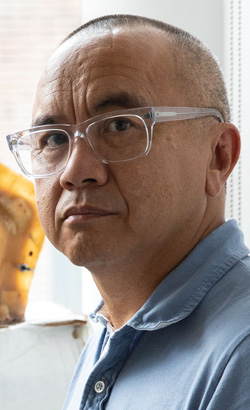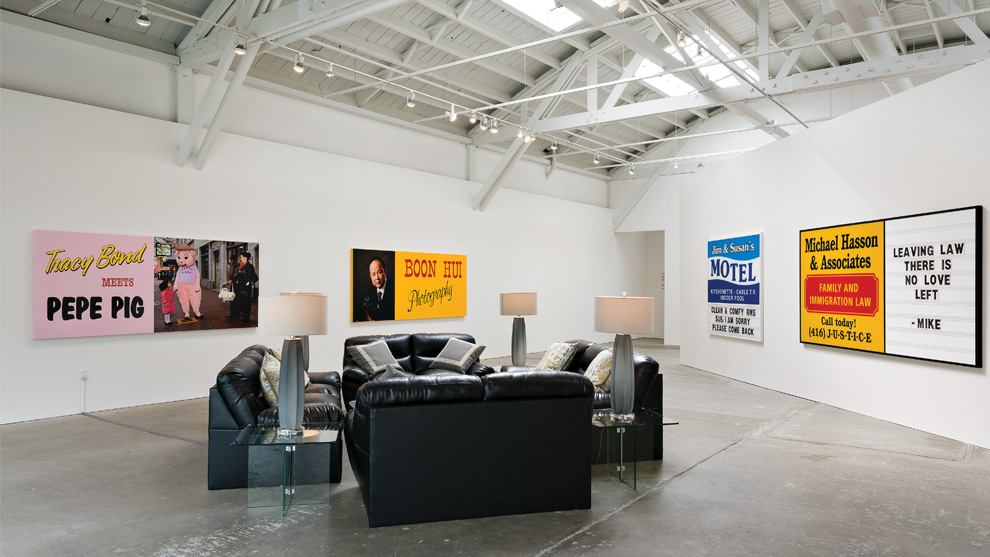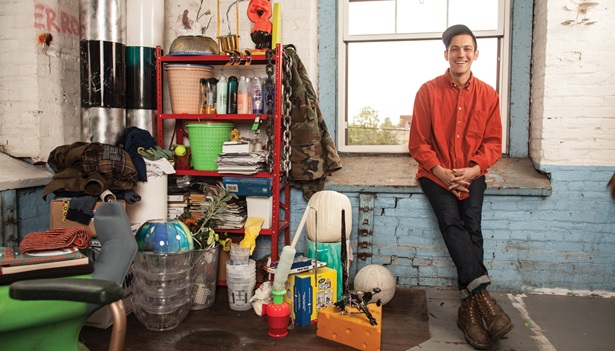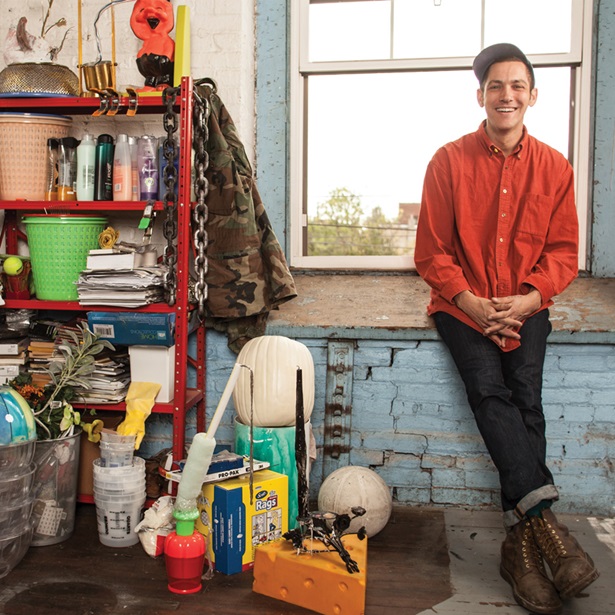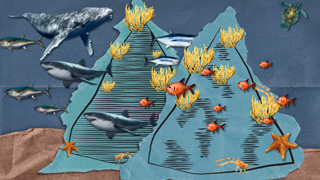How Ken Lum Became an Artist and What Motivates Him Most
“I have found that a focus on another always feeds back to a better self.”
Philadelphia visual artist Ken Lum, who works in a variety of media from painting and sculpture to photography, was selected as a Pew art fellow in 2018. His work has been included in major exhibitions such as the Sao Paulo Biennial, Documenta 11, the Whitney Biennial, and the Venice Biennale, and he is the chair of fine arts at the School of Design at the University of Pennsylvania. In an interview with the Pew Center for Arts & Heritage, he discussed his path to making contemporary art and the curiosity that continues to drive him.
How did you become an artist? Is there a particular experience that drove you to this choice?
It sounds romantic to say, but I think I always wanted to be an artist. As a child, I would draw endlessly, and I realized early on that I could draw with a facility other children my age could not. I looked at a lot of comic books and tried to invent my own superheroes and villains. Interestingly, the noted painter Kerry James Marshall did likewise. In high school, I was called upon to design the yearbook as well as large posters for sporting events. By undergraduate, I worked part time as an illustrator for the Vancouver Public Library. I also worked part time as a commercial sign painter for stores and cafes near where I lived. So I always engaged in some creative practice of illustrating or painting. I just did not know anything about contemporary art or the art world, thinking that art was basically graphic design or yeoman practices such as sign painting. At some point, I came upon contemporary art. It was purely happenstance but once I did, I never looked back. I knew I had to make the leap to becoming an artist.
What was your first work of art that really mattered to you?
Early on in high school, I made an elaborately drawn landscape of strange flora and fauna that I spent several weeks on. It was a project for art class. My art teacher at the time admonished me for what he felt was misbehaved art. He accused me of not following his guidelines. He described my drawing as just weird. He said he was bothered that I would spend so much time and energy devoted to a drawing that depicted disturbing scenarios. What I drew included scenes of bloody battle, based on photographic images of war I had photocopied in the school library, but it also included scenes of fantastical creatures crying over lost life. I don’t know how good it really was but I know that I placed a lot of myself into the work, and I am sure that was palpable to the art teacher. His response shocked me, and I tepidly tried to defend myself. I remember thinking there was a power to art, which is perhaps why some people resist it.
What is your biggest motivator as an artist?
I think it is my disquiet in terms of being a part of any system, including the art system. I have always questioned everything, sometimes to a paralyzing fault. In that questioning, I wanted to know more about art, particularly art as defined and practiced in other places in the world. That led me to spend time in West Africa, the Caribbean, China (from the early 1990s onward), and the Middle East, working on various projects of a curatorial and writerly nature. That’s what continues to drive me—a deep curiosity to know more about art in the broadest and deepest sense possible.
What single ethical consideration most impacts the decisions you make as an artist?
I think the biggest single ethical consideration—that not only impacts the decisions I make as an artist, but is integral to the character of my art—relates to an empathy that generates a curiosity about someone else. I think it is important to imagine the reality of someone else. It helps to take away focus from the self. At the same time, I have found that a focus on another always feeds back to a better self.
What quality do you most admire in another artist?
I think the quality I admire most in another artist is the recognition that being an artist is a lifelong path. I think of Dan Graham, who continues to be a mentor to me since I first got into art. His life has not been easy, but he was always an artist. Being an artist is not just about the next season but a continuous endeavor.
What images or things keep you company in the space where you work?
I don’t really work that way where I have a lot of past images of things or objects of sentiment nearby. Whenever I embark on a project, I print out a lot of images and texts constituting the discursive formation around the subject or theme of the project. These are all pinned up on a corkboard or simply put into computer folders on the ready for me to look and relook at. During my breaks, I do like to look up at images of my children and my wife. I do that a lot.
In reflecting back to the beginning of your career, what is the most useful advice you ever received?
Rather than the most useful advice I have ever received, may I respond by stating what is the most useful advice I can offer others, particularly young artists? Making the decision to be an artist is not easy, at least not for me. My mother worked in a sweatshop. My father was a troubled individual who would return home from time to time only to borrow money to feed his severe gambling addiction. By the time I was 10, I think we were evicted three times, including once for a building deemed structurally unsound. Yet, as I mentioned earlier, I liked the idea of art despite not knowing anything about the world of galleries and museums. I know how skewed the art system is in terms of issues of social class. But I would also say to those thinking of being an artist that if the feelings are deep and unshakable, then the only choice is to heed those feelings. There is no other choice.
